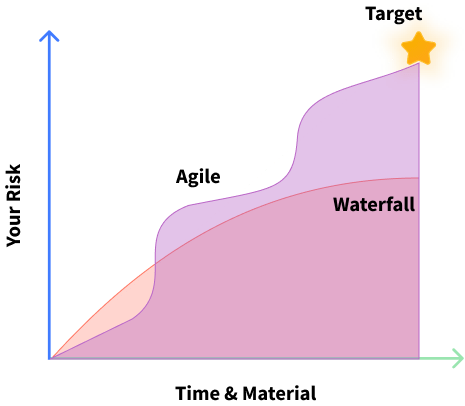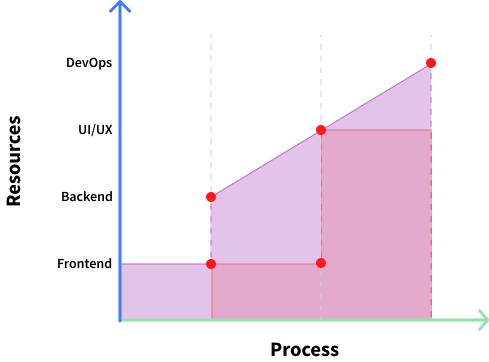Documentation
Comprehensive documentation is the backbone of successful project execution. At E SENSE IT, we emphasize:
- Requirement Specifications: Detailed documents outlining all functional and non-functional requirements, ensuring that every aspect of the client’s needs is captured.
- Design Documents: Architectural blueprints that describe the system’s structure, components, interfaces, and data flow.
- Technical Manuals: Guides for developers that include coding standards, API documentation, and database schemas, facilitating consistency and maintainability.
- User Manuals: Easy-to-understand guides that help end-users navigate and utilize the application effectively.
- Maintenance Guides: Documentation that supports future updates and troubleshooting, extending the application’s lifespan.
Our commitment to thorough documentation enhances transparency, supports collaboration, and provides valuable resources for training and future development.


